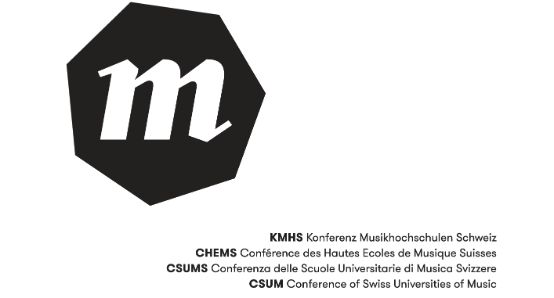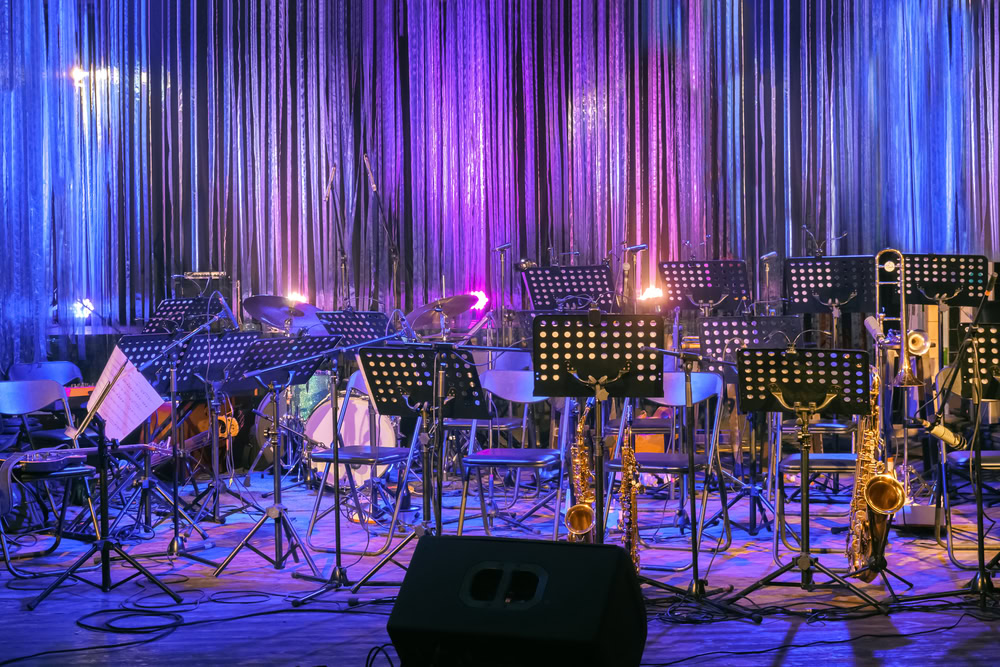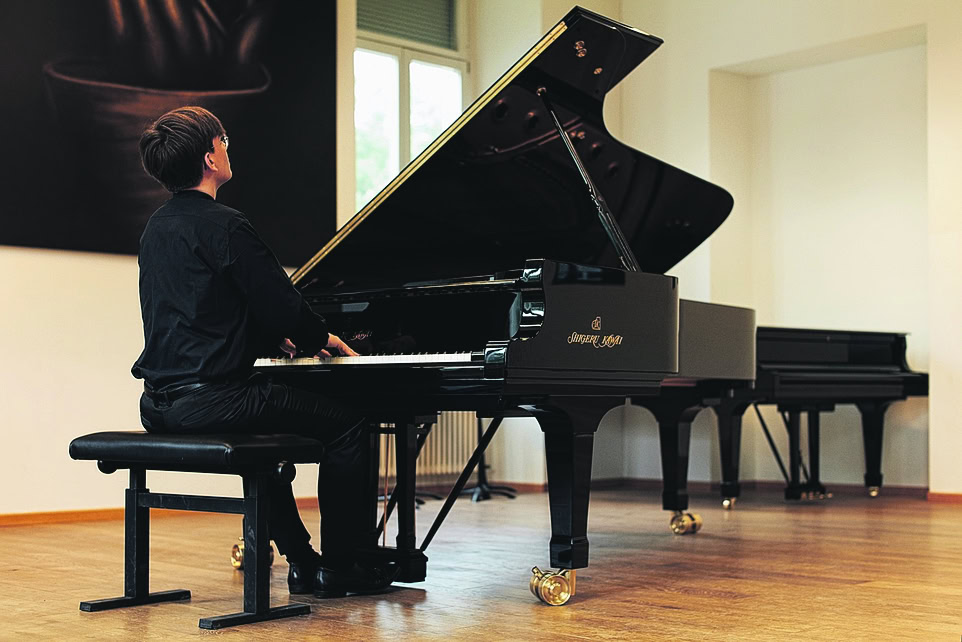La recherche dans les HEM et son impact sociétal
Focus on two innovative research projects that are shaping society.

Antoine Gilliéron - In addition to artistic research and the prestigious projects currently being carried out in the Haute Écoles de Musique Suisses (HMEs), the affiliation of the HMEs to the galaxy of HMEs creates an area conducive to synergies with other fields of knowledge in order to create added value for society as a whole.
In one of its position papers on research, the KMHS defines the state of affairs as follows: "Research activities of the conservatoires unfold along traditional sciences and applied technical research as well as in directions of a partially or completely artistically anchored research methodology. Historical, pedagogical, technological, archival and interpretation-focused projects and development work in instrument making, together with artistically motivated and artistically documented questions, form the main subject areas of conservatoire research on the basis of application-oriented basic research.
This benefits from the large reservoir of musical practice and interpretative knowledge in the institution - at the same time, the transfer from research to teaching and practice takes place directly.
The promotion of research expertise within the faculty and the development of young talent in the form of an adequate mid-level faculty are strategic goals of the conservatoires. This also includes the establishment of doctoral positions with assistant status, the establishment of research posts and the creation of a sustainable funding basis. " - Eidenbenz (2013), p. 1-2
Artistic research is at the heart of research activities at Swiss music academies. According to Henk Borgdorff, music theorist, philosopher and professor of research in the arts at the Royal Conservatoire of The Hague University of the Arts, the criteria for artistic research are as follows:
" Artistic practice is considered research when it serves the purpose of expanding our knowledge and understanding through original research. It starts from questions that are relevant to the research context and the art world and uses methods that are appropriate to the study. The research process and results are documented accordingly and disseminated among researchers and the public. " - Borgdorff (2012), p. 34
However, this article will highlight two research projects that go beyond the scope of artistic research and have an impact on society.
The first example comes from the Hochschule für Musik - Basel, where a research project is making the connection between biotechnology and music. The idea of the project The Serpentino is to inspire innovative developments in the fields of biotechnology and fluid engineering in order to recreate a historic instrument.
The serpentino (whose first date dates back to the 15th century) is a musical instrument that disappeared over the centuries, but which has a repertoire that has probably been played by other instruments up to the present day, instead of the cornet. Within the framework of this project and on the basis of the study of the sources (especially iconographic ones), the historical instrument will be reconstructed, but with the help of modern-day techniques.
Researchers at EMPA (Federal Laboratory for Materials Testing and Research) have recently succeeded for the first time in obtaining large quantities of mélanine pigments from solid cultures. This biotechnological process is considered to be extremely useful for the research project in question because the effectiveness of the mélanine in the form of a pre-preservation product for wood makes it possible to protect the degradation of the constructed wood.
On the artistic level, these instruments open up new perspectives in the practice of historically informed interpretation, as well as in contemporary music, jazz and musical education in a broad sense.
This bâlois project illustrates in detail the contribution of external sciences to music. The next piece of research presented in this article initiates an inverse movement on its part: that of the contribution of music to society.
Music in the service of psychiatry
The second example comes from the Haute École de Musique Vaud, Valais, Fribourg. The aim is to build a bridge between music and psychiatric care. The name of the project is Amenhotep
According to the project website, many psychiatric clinics have one or more lockable rooms. Patients can be placed in these so-called "intensive care rooms" (ITS) for a few hours or even a few days for therapeutic or safety reasons. The idea behind this is that the resulting reduction in sensory stimulation allows them to regain control over their mental state and behavior.
However, the use of ITS is highly controversial. On the one hand, it raises ethical questions because it undermines patients' freedom of movement and autonomy; on the other hand, the therapeutic function of the measure has not been clearly clarified. Finally, isolation makes it difficult to establish a caring relationship based on dialog.
These results invite us to rethink the care provided in the ITS. The use of music is a promising approach, especially if patients can control their own music listening and thus regain a certain degree of autonomy.
The action research "Amenhotep" (2012-2016) enabled an interdisciplinary team to develop a music listening device that complies exactly with the very strict safety regulations of psychiatric services and to constitute a selection of music pieces categorized according to their emotional content.
The research team is currently continuing its work and investigating the influence of the musical instrument on the subjective experience of patients and nursing staff and on the relationships and interactions that are established between them around the music.
The device includes: a tactile interface that allows the patient to control the device (song selection, volume adjustment); a selection of twenty pieces of music of different styles (classical, jazz, film, folk) categorized according to their emotional content (cheerful activation, nostalgia, calm, tension); a simple control system that allows the medical team to activate or deactivate the device, set the maximum volume, change the music selection and extract the data automatically recorded by the system.
The two examples of Basel and Lausanne show that Swiss music universities are increasingly opening up to the world and creating fruitful links with other areas of knowledge, for their own benefit and for the benefit of society as a whole.
Borgdorff, H. (2012): "The debate about research in the arts", in: Tröndle, M. & Warmers, J. (2012): Art research as an aesthetic science. Transcript Verlag.
Eidenbenz, M. (2013): Position paper on research and 3rd cycle at conservatoires. kmhs.ch/wp-content/uploads/2019/05/position-paper-research-kmhs-1.pdf








